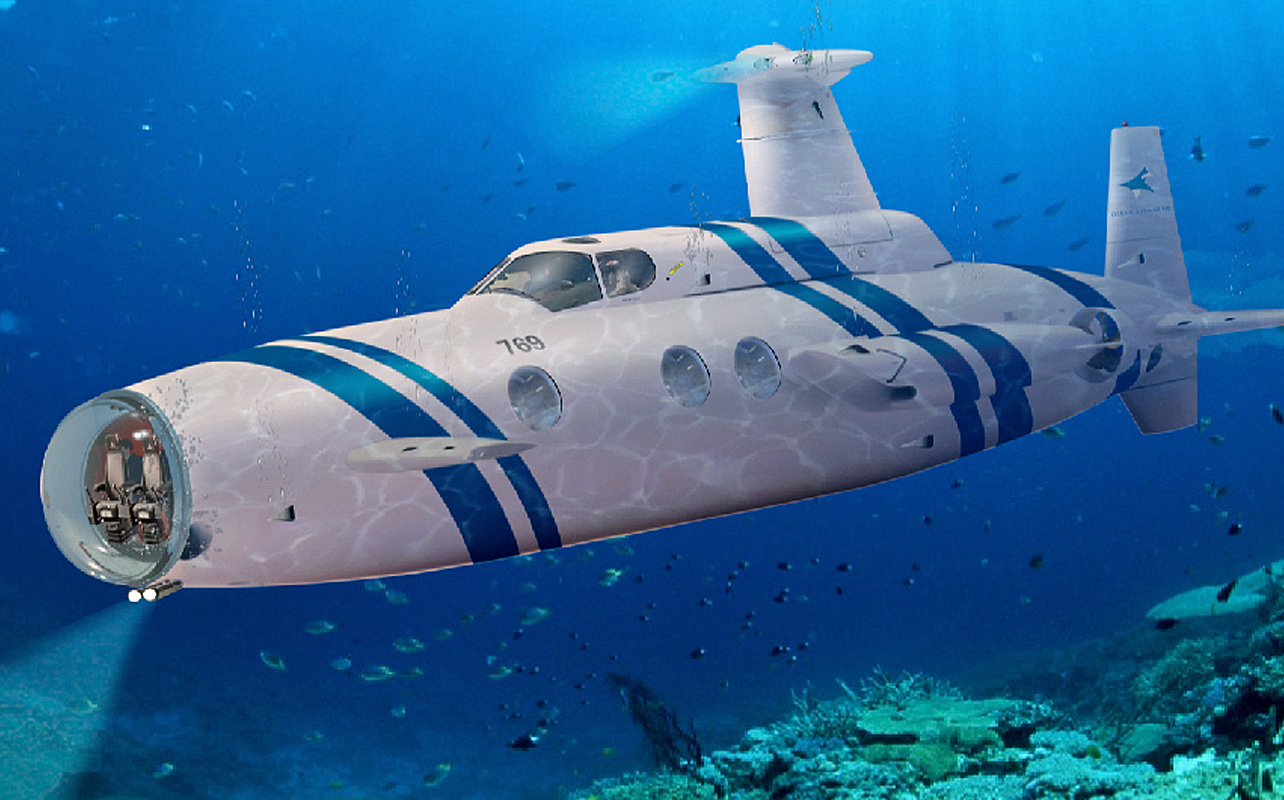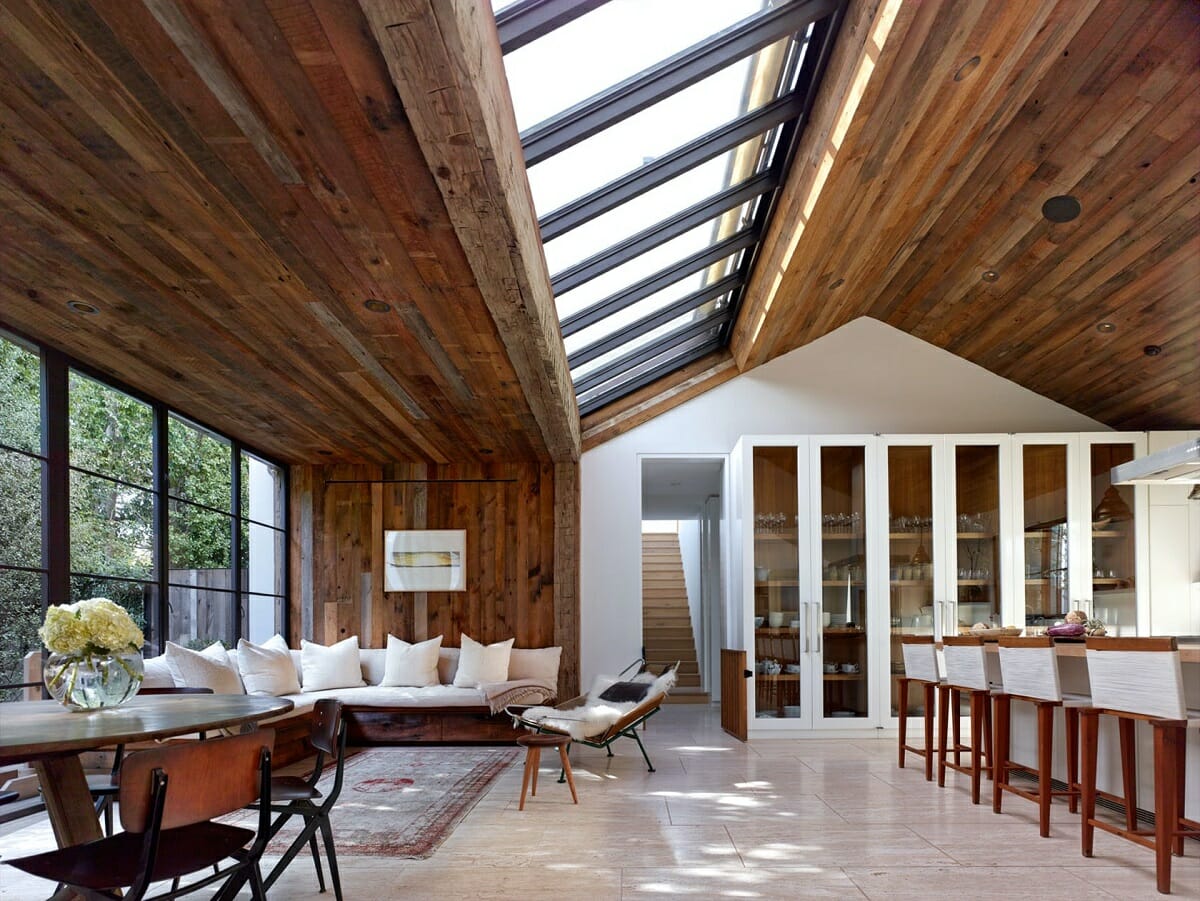Table Of Content
- US Navy Virginia Class Submarine - 3D Lamp
- Propulsion
- Marine Engineering
- US Submarine Svg File US Navy Svg Warship Svg Submarine Png Watercraft Svg Underwater Svg Cutting File
- Dive Flags: What is a Dive Flag & Types of Diver Down Flags
- Abandoning the vessel
- Harrier II Plus (AV-8B) VSTOL Fighter and Attack Aircraft
- American Civil War

This feat was considerably aided by the Imperial Japanese Navy's failure to provide adequate escort forces for the nation's merchant fleet. Overall, despite their technical prowess, Japanese submarines – having been incorporated into the Imperial Navy's war plan of "Guerre D' Escadre" (Fleet Warfare), in contrast to Germany's war plan of "Guerre De Course" – were relatively unsuccessful. Japanese submarines were primarily used in offensive roles against warships, which were fast, maneuverable and well-defended compared to merchant ships. In 1942, Japanese submarines sank two fleet aircraft carriers, one cruiser, and several destroyers and other warships, and damaged many others, including two battleships. They were not able to sustain these results afterward, as Allied fleets were reinforced and became better organized. By the end of the war, submarines were instead often used to transport supplies to island garrisons.
US Navy Virginia Class Submarine - 3D Lamp
If the X-ton component is installed near the main deck, add X tons of stability lead and remove 2X tons of future growth lead. If the X-ton component is installed near top of the sail, add 2X tons of stability lead and remove 3X tons of future growth lead. Utilizing effective short-cut methods for recomputing volumes and weights, the final balancing process takes very little time. Yes, it depends on the naval architectural attributes of the specific submarine design being addressed. To explain the naval architectural attributes that so greatly influence the impact of design changes, we’ll start with a very short course on early stage submarine design.
Propulsion
In 1866, Flach was built at the Chilean government's request by Karl Flach, a German engineer and immigrant. It was the fifth submarine built in the world[20] and, along with a second submarine, was intended to defend the port of Valparaiso against attack by the Spanish Navy during the Chincha Islands War. And the stability parameters of a submarine change drastically the moment a submarine dives into the water or resurfaces, which gives rise to a point where the submarine is at the tipping point of floundering. Before moving onto knowing the operation and functions of the different systems on a submarine, it is vital to know the spatial distribution of the main compartments and systems along the length and breadth of the hull. The different masts used in a submarine are periscope mast, communications mast, radar mast, weapon sensor mast, etc.
Marine Engineering
This time the craft’s operator succeeded in boring a hole in the ship’s copper sheathing, but the screw broke loose as the explosive was being attached to the ship’s hull. Like other science fiction authors, Verne was not an inventor but an inspiration, and the Nautilus was no exception. Navy’s first commissioned submarine, called one of his first companies the Nautilus Submarine Boat Company. Holland’s competitor, Simon Lake, was inspired by reading Twenty Thousand Leagues Under the Sea as a young boy. As famous as the fictional Nautilus, the USS Nautilus was the first nuclear-powered submarine and the first to travel under the North Pole ice in 1958. There have been a number of accidental sinkings, but also some collisions between submarines.Up to August 1914, there were 68 submarine accidents.
The Germans built some novel submarine designs, including the Type XVII, which used hydrogen peroxide in a Walther turbine (named for its designer, Dr Hellmuth Walther) for propulsion. They also produced the Type XXII, which had a large battery and mechanical torpedo handling. A possible propulsion system for submarines is the magnetohydrodynamic drive, or "caterpillar drive", which has no moving parts. It was popularized in the movie version of The Hunt for Red October, written by Tom Clancy, which portrayed it as a virtually silent system.
The process yields a total minimum ship stack-up length satisfying various system-related geometrical constraints. The resulting arrangement drawing is extensively used in subsequent volume and weight calculations. Since the hull thickness and frame dimensions affect the arrangement of components, during this step the pressure hull is designed, using an appropriate hull material, to attain the required operating depth. However, this free (in terms of ship size) capability enhancement came about as a result of very fortuitous circumstances.
The Netherlands Select Naval Group for its New Submarines - Naval News
The Netherlands Select Naval Group for its New Submarines.
Posted: Fri, 15 Mar 2024 07:00:00 GMT [source]
Abandoning the vessel
With the arrival of anti-submarine warfare (ASW) aircraft, guns became more for defense than attack. A more practical method of increasing combat endurance was the external torpedo tube, loaded only in port. Steam power was resurrected in the 1950s with a nuclear-powered steam turbine driving a generator.
Harrier II Plus (AV-8B) VSTOL Fighter and Attack Aircraft
However, when the submarine reaches the desired depth, its propellers push it forward, water moves fast over the diving planes. This creates an upward force called lift to help the submarine remain floating at the desired depth, and this state is termed neutral buoyancy or floating. However, fresh stock of food cannot last more than 15 days, and after this period, only the canned, dried, and frozen food are available. A submarine powered by nuclear engineering can stay for a long time underwater; however, it has to come to the surface after 2.5 months since food stocked in the submarine does not last forever, and the crew members limit the stress they can take.
Norway and Germany mark production start of submarine design - Naval Technology
Norway and Germany mark production start of submarine design.
Posted: Thu, 14 Sep 2023 07:00:00 GMT [source]
American Civil War
The bridge fin has the shape of an aero-foil, and this acts as a hydrofoil when the submarine sails on the surface with the fins above water. The course is arranged for a nine-week period in the First Term starting in mid-October and ending in mid-December. The first four weeks are mainly devoted to lectures on various topics given by UCL staff and visiting expert lecturers. From assigned scenarios the students, usually in groups of four, develop a set of operational requirements and cost budgets. After agreement with staff, the students use the remainder of the course to produce a feasible design to satisfy the requirements. Advice and guidance is provided continuously by the permanent staff and a number of informal presentations attended by experienced designers are made by the teams to assess progress.
The countries owning and operating nuclear-powered submarines are limited since the countries having nuclear technology are limited. However, the single problem all these propulsions faced was the non-availability of air when the submarine goes underwater, and these propulsions need air for combustion. Then came the submarines that run with electric motors powered by the batteries when underwater and runs with internal combustion (IC) engines when on the surface (air is available). Today’s submarines are powered by nuclear engineering, and the nuclear reactor generates electricity.

The motor could have more than one armature on the shaft – these would be electrically coupled in series for slow speed and parallel for high speed (known as "group down" and "group up" respectively). A prototype version of the A-class submarine (Fulton) was developed at Crescent Shipyard under the supervision of naval architect and shipbuilder from the United Kingdom, Arthur Leopold Busch, for the newly reorganized Electric Boat Company in 1900. The Fulton was never commissioned by the United States Navy and was sold to the Imperial Russian Navy in 1905. The submarines were built at two different shipyards on both coasts of the United States. In 1902, Holland received U.S. patent 708,553 for his relentless pursuit to perfect the modern submarine craft. Many countries became interested in Holland's (weapons) product and purchased the rights to build them during this time.
They were particularly effective in sinking Allied transatlantic shipping in both World Wars, and in disrupting Japanese supply routes and naval operations in the Pacific in World War II. Though it may seem simple as compared to ships, the understanding of submarine stability is more complex than that of a ship, as it would operate in both, surfaced and submerged conditions. The U.S. Navy’s Virginia Class fast attack submarines are ruthlessly efficient war machines, the apex predators of the deep. Yet their general appearance and many aspects of their design have a direct lineage back to the 1950s. However, a range of new technologies could allow radically different submarines in the future. However, the underwater speed of a nuclear-powered submarine can be around 20 miles per hour.
The conn is distinct from the "bridge", a small open platform in the top of the sail, used for observation during surface operation. An obvious way to configure the control surfaces at the stern of a submarine is to use vertical planes to control yaw and horizontal planes to control pitch, which gives them the shape of a cross when seen from astern of the vessel. In this configuration, which long remained the dominant one, the horizontal planes are used to control the trim and depth and the vertical planes to control sideways maneuvers, like the rudder of a surface ship. The development of submarine-launched ballistic missile and submarine-launched cruise missiles gave submarines a substantial and long-ranged ability to attack both land and sea targets with a variety of weapons ranging from cluster bombs to nuclear weapons. Before and during World War II, the primary role of the submarine was anti-surface ship warfare. Submarines would attack either on the surface using deck guns, or submerged using torpedoes.
However, submarine design is just one of many engineering design activities and there are general features which are common to all. Before proceeding to the specific aspects of submarine design, we consider it worthwhile in this first chapter to address the more general aspects and show how they relate to the submarine design task. Drebbels' submarine design was the first to address the problem of air replenishment while submerged. These are very critical structures because they are unavoidable discontinuities on the pressure hull, and the edges of the penetrations (whether circular or elliptical) become points of high stress concentrations.

No comments:
Post a Comment